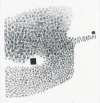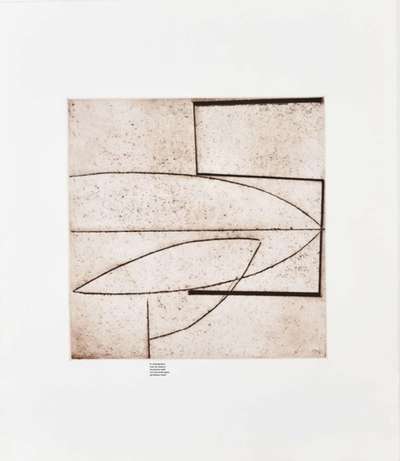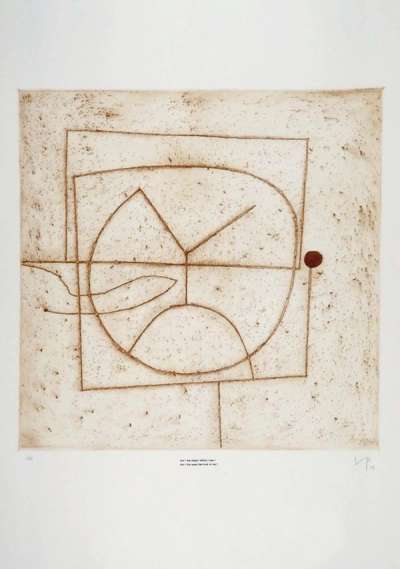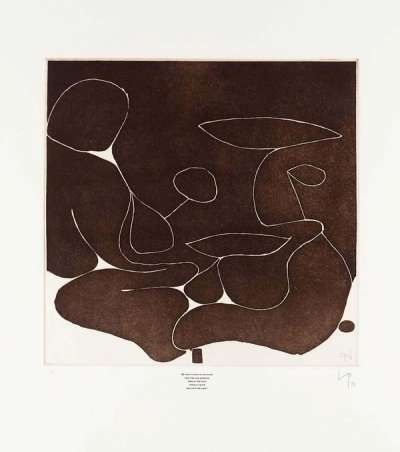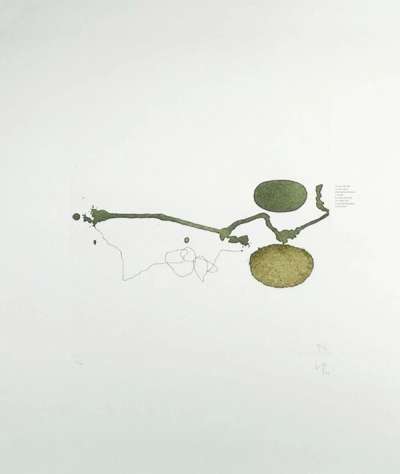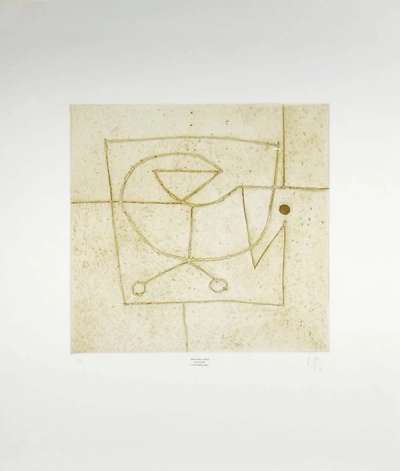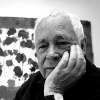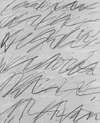Victor
Pasmore
Explore Victor Pasmore art for sale, leading voice in British abstract art. Browse in-demand prints and editions and request a free valuation, or enquire to buy.
Victor Pasmore art for sale
Discover Victor Pasmore prints for sale, exclusively available through our private network of collectors. Explore signed and unsigned screenprints, lithographs, digital prints, and rare editioned proof prints by era-defining blue chip artists.
Sell Your Art
with Us
with Us
Join Our Network of Collectors. Buy, Sell and Track Demand
Biography
Victor Pasmore (1908 –1998) was a British artist and architect who played a pivotal role in the development of Abstract art in the mid-20th century. Born in Chelsham, Surrey, Pasmore's artistic journey saw him transition from a figurative painter to an influential abstractionist, whose works have left an indelible mark on the world of modern art.
Victor Pasmore's Early Education and Influences
Pasmore's artistic inclinations were evident from an early age, and he began studying art at the age of 16 at the Central School of Arts and Crafts in London. He later attended the prestigious Byam Shaw School of Art and continued his studies at the Royal Academy Schools. Initially, Pasmore's paintings were rooted in naturalism, and he was heavily influenced by the works of the Old Masters such as Rembrandt and Titian. During this time, Pasmore was associated with the Euston Road School, a group of artists who advocated realism and the significance of tradition in painting.


